https://files.acrobat.com/a/preview/ec11c462-4533-4191-8678-81c0d806a6ce
Versos de Ouro de Pitágoras
Tradução do texto francês de Fabre d’Olivet, por Dario Vellozo:
PREPARAÇÃO
1 - Aos Deuses imortais o culto consagrado
2 - Rende; e tua fé conserva. Prestigia
3 - Dos sublimes Heróis a imárcida lembrança
4 - E a memória eteral dos supernos Espíritos. PURIFICAÇÃO
5 - Bom filho, reto irmão, terno esposo e bom pai
6 - Sê; e para amigo o amigo da virtude
7 - Escolhe, e cede sempre a seus dóceis conselhos;
8 - Segue de sua vida os trâmites serenos;
9 - Sê sincero e bondoso, e não o deixes nunca,
10 - Se possível te for; pois uma lei severa
11- Agrilhoa o Poder junto à Necessidade.
12 - Está em tuas mãos combater e vencer
13 - Tuas loucas paixões; aprende a dominá-las.
14 - Sê sóbrio, ativo e casto; as cóleras evita.
15 - Em público, ou só, não te permitas nunca
16 - O mal; e mais que tudo a ti mesmo respeita-te.
17 - Pensa antes de falar, pensa antes de agir;
18 - Sê justo. Rememora: um poder invencível
19 - Ordena de morrer; e os bens e as honrarias,
20 - Fáceis de adquirir, são fáceis de perder.
21 - Quanto aos males fatais que o destino acarreta,
22 - Julga-os pelo que são: suporta-os, procura,
23 - Quão possível te seja, o rigor abrandar-lhes.
24 - Os Deuses, aos mais cruéis, não entregam os sábios.
25 - Como a Verdade, o Erro adoradores conta.
26 - O filósofo aprova, ou adverte com calma.
27 - E, se o Erro triunfa, ele se afasta, e espera.
28 - Ouve, e no coração grava as minhas palavras;
29 - Fecha os olhos e o ouvido a toda prevenção;
30 - Teme o exemplo de um outro, e pensa por ti mesmo;
31 - Consulta, delibera e escolhe livremente.
32 - Deixa aos loucos o agir sem um fim e sem causa;
33 - Tu deves contemplar no presente o futuro.
34 - Não pretendas fazer aquilo que não saibas.
35 - Aprende: tudo cede à constância e ao tempo.
36 - Cuida em tua saúde, e ministra com método,
37 - Alimentos ao corpo e repouso ao espírito.
38 - Pouco ou muito cuidar evita sempre; o zelo
39 - Igualmente se prende a um e a outro excesso.
40 - Têm o luxo e a avareza efeitos semelhantes.
41 - Deves buscar em tudo o meio justo e bom. PERFEIÇÃO
42 - Que se não passe um dia, amigo, sem buscares
43 - Saber: Que fiz eu hoje? E, hoje, que olvidei?
44 - Se foi o mal, abstém-te; e, se o bem, persevera.
45 - Meus conselhos medita; e os estima; e os pratica:
46 - E te conduzirão às divinas virtudes.
47 - Por esse que gravou em nossos corações
48 - A Tétrade sagrada, imenso e puro símbolo,
49 - Fonte da Natureza, e modelo dos Deuses,
50 - Juro. Antes, porém, que a tua alma, fiel
51 - A seu dever, invoque, e com fervor, os Deuses,
52 - Cujo socorro imenso, valioso e forte
53 - Te fará concluir as obras começadas,
54 - Segue-lhes o ensino, e não te iludirás:
55 - Dos seres sondarás a mais estranha essência;
56 - Conhecerás de tudo o princípio e o termo.
57 - E, se o Céu permitir, saberás que a Natura,
58 - Em tudo semelhante, é a mesma em toda parte.
59 - Conhecedor assim de todos teus direitos,
60 - Terás o coração livre de vãos desejos.
61 - E saberás que o mal que aos homens cilicia,
62 - De seu querer é fruto; e que esses infelizes
63 - Procuram longe os bens cuja fonte em si trazem.
64 - Seres que saibam ser ditosos, são mui raros.
65 - Joguetes das paixões, oscilando nas vagas,
66 - Rolam, cegos, num mar sem bordas e sem termo,
67 - Sem poder resistir nem ceder à tormenta.
68 - Salvai-os, grande Zeus, abrindo-lhes os olhos! ...
69 - Mas, não: aos Homens cabe, - eles, raça divina -,
70 - O erro discernir, e saber a Verdade.
71 - A Natureza os serve. E tu que a penetraste,
72 - Homem sábio e ditoso, a paz seja contigo!
73 - Observa minhas leis, abstém-te das coisas
74 - Que tua alma receie, em distinguindo-as bem;
75 - Sobre teu corpo reine e brilhe a Inteligência,
76 - Para que, te ascendendo ao Eiter fulgurante,
77 - Mesmo entre os Imortais consigas ser um Deus!



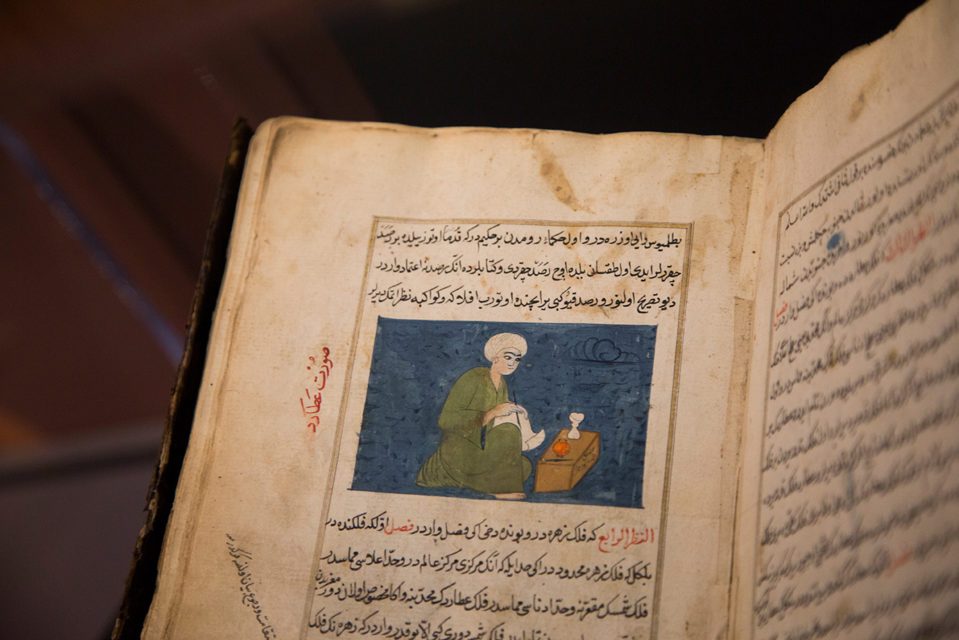
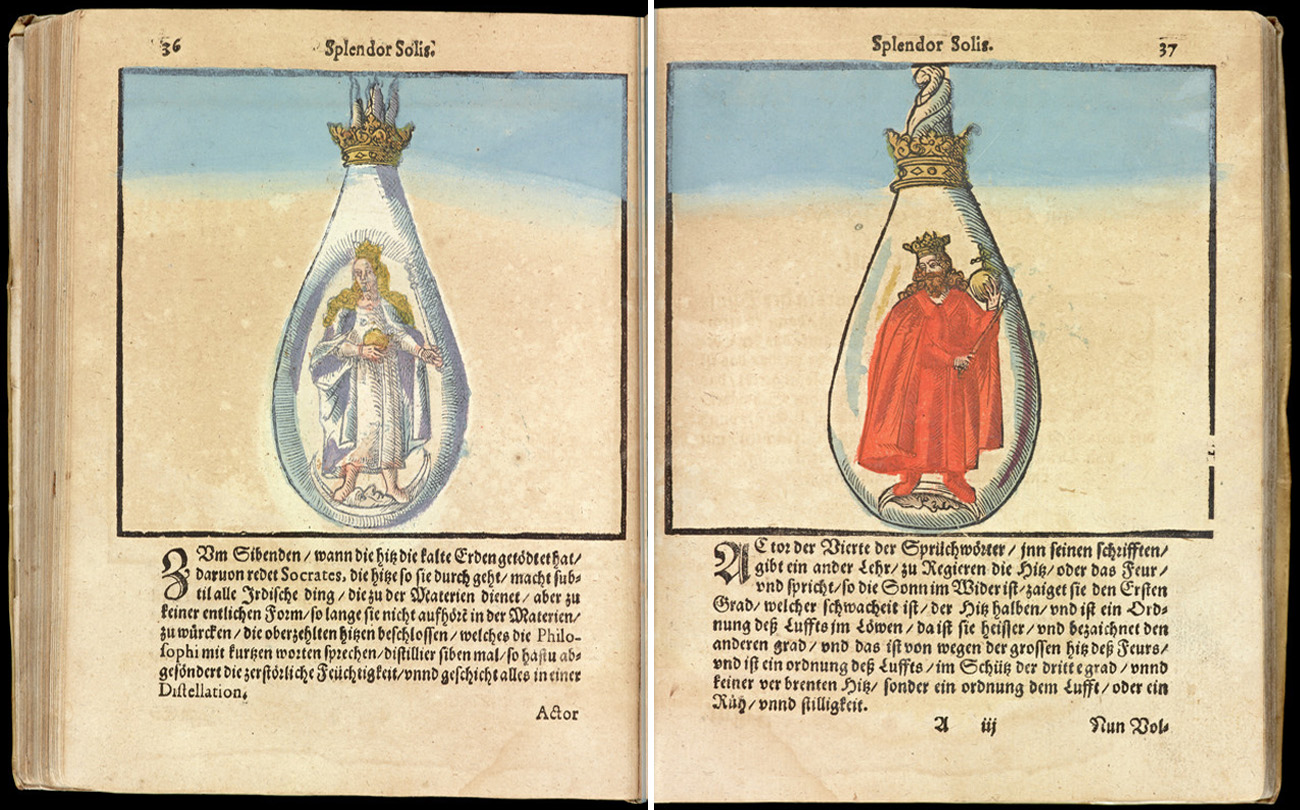

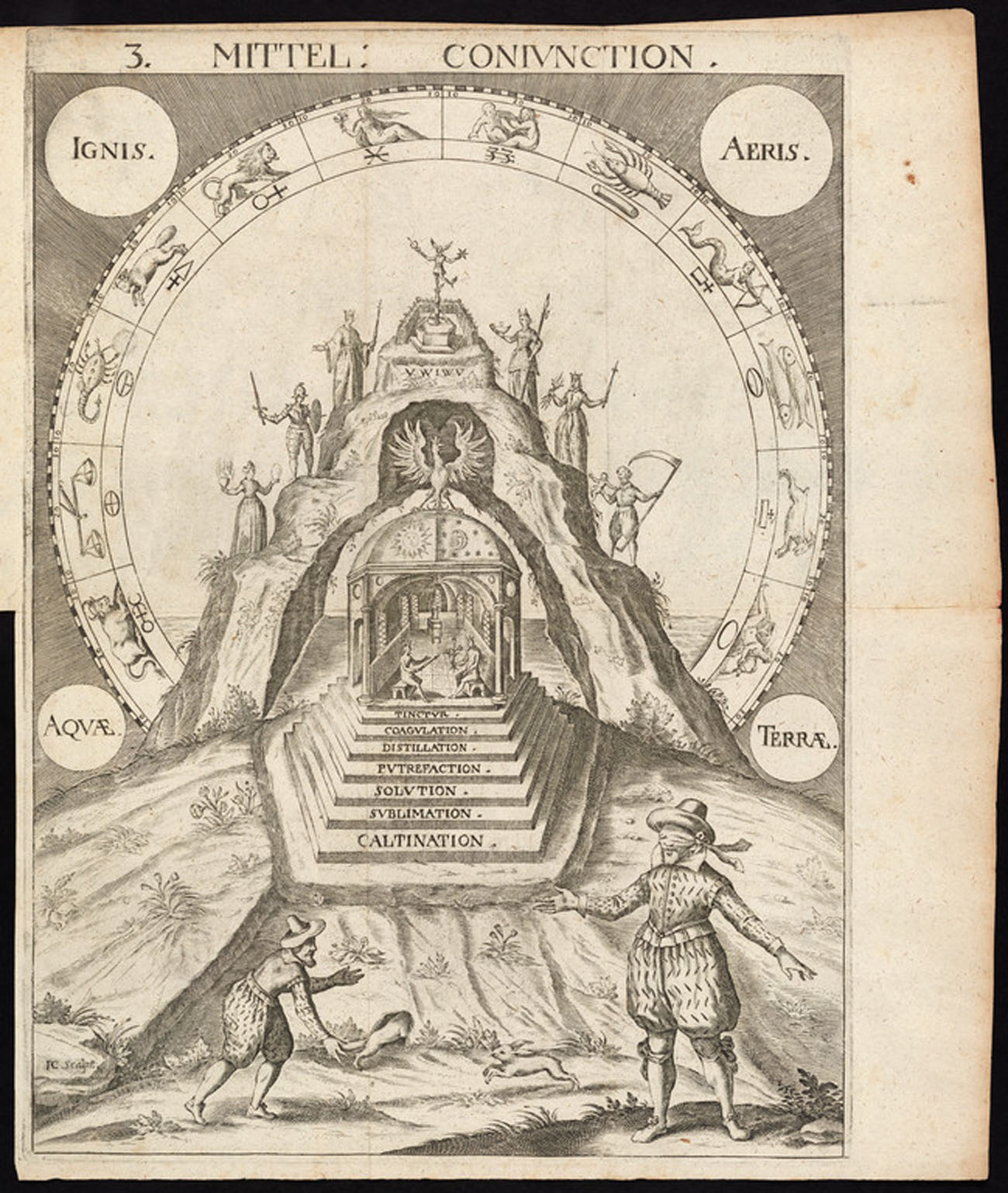
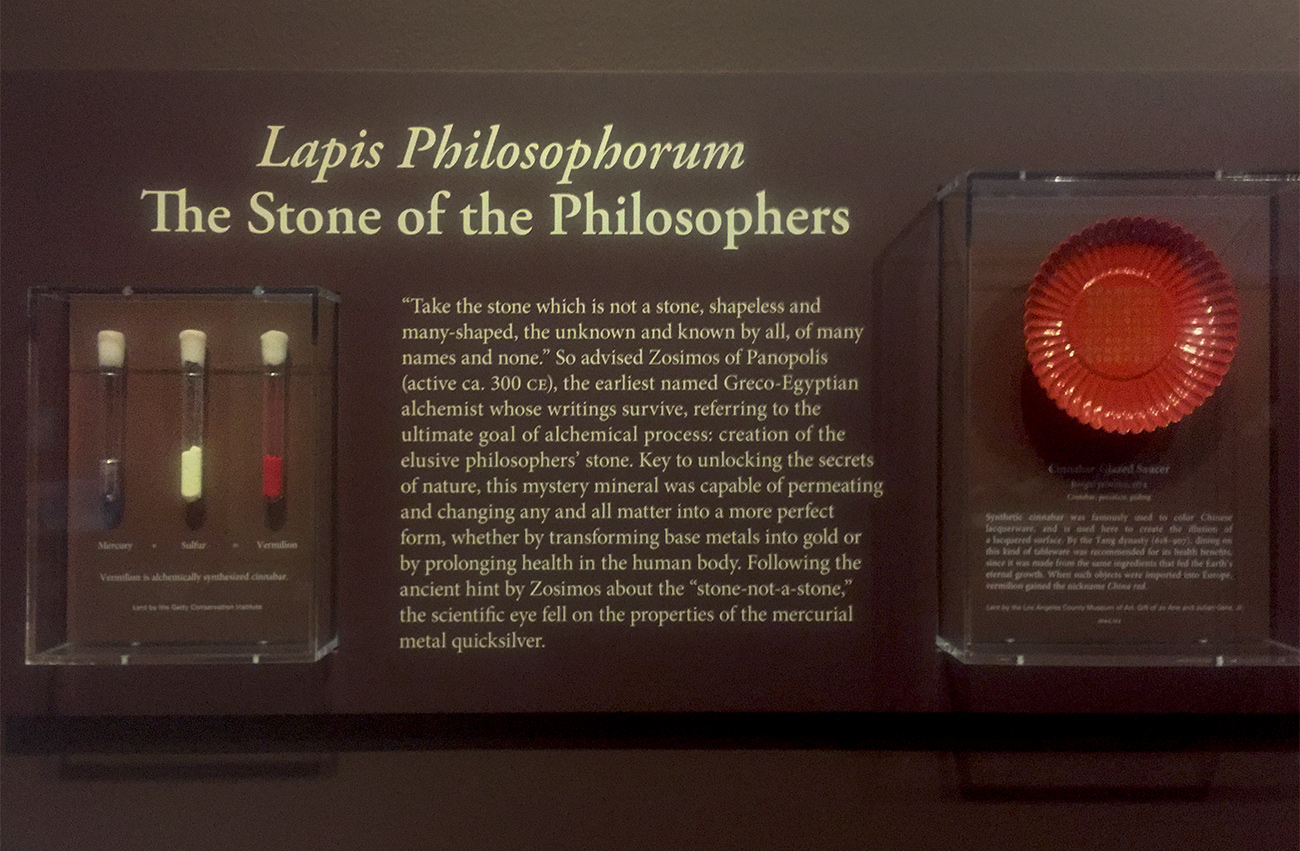
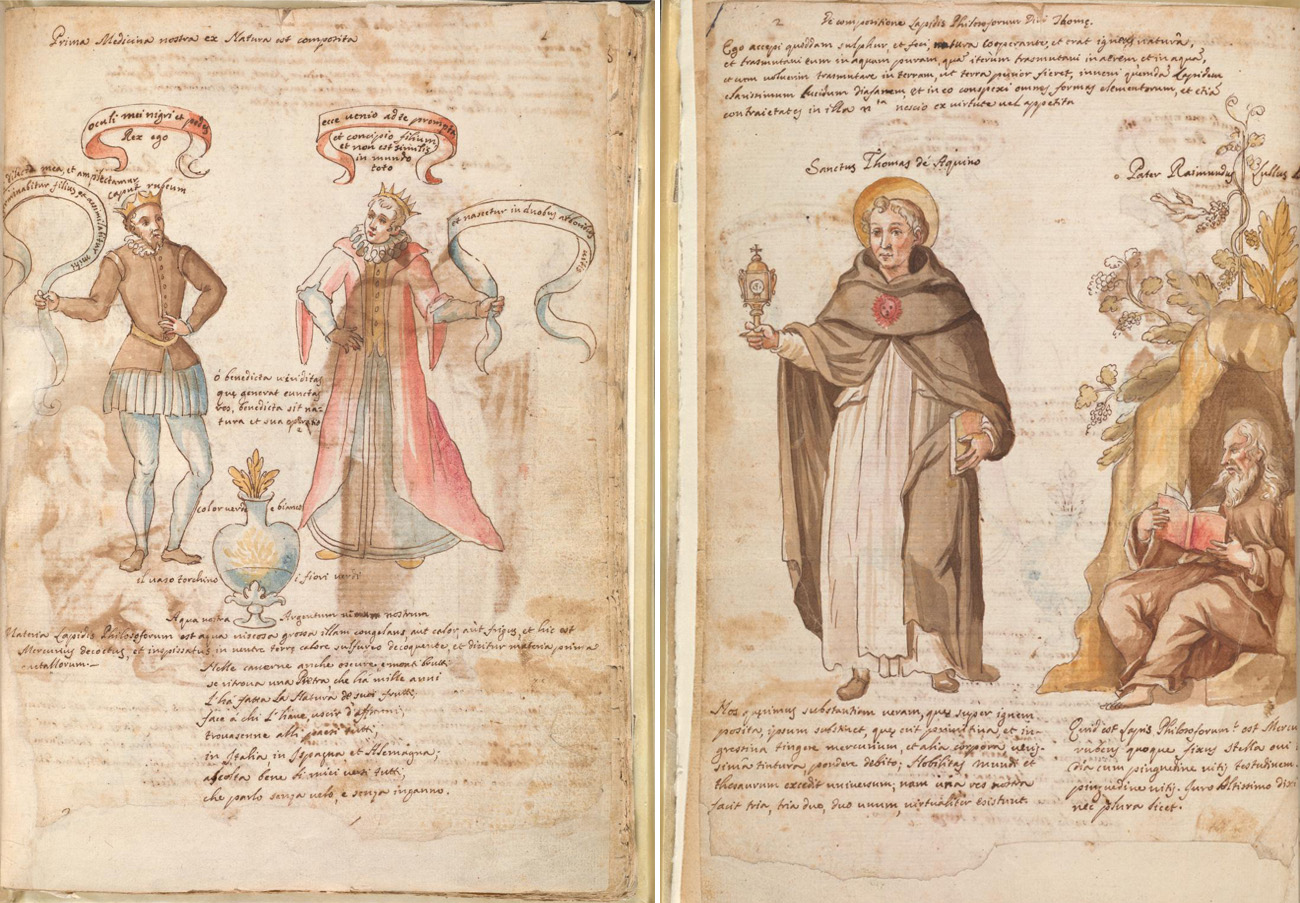
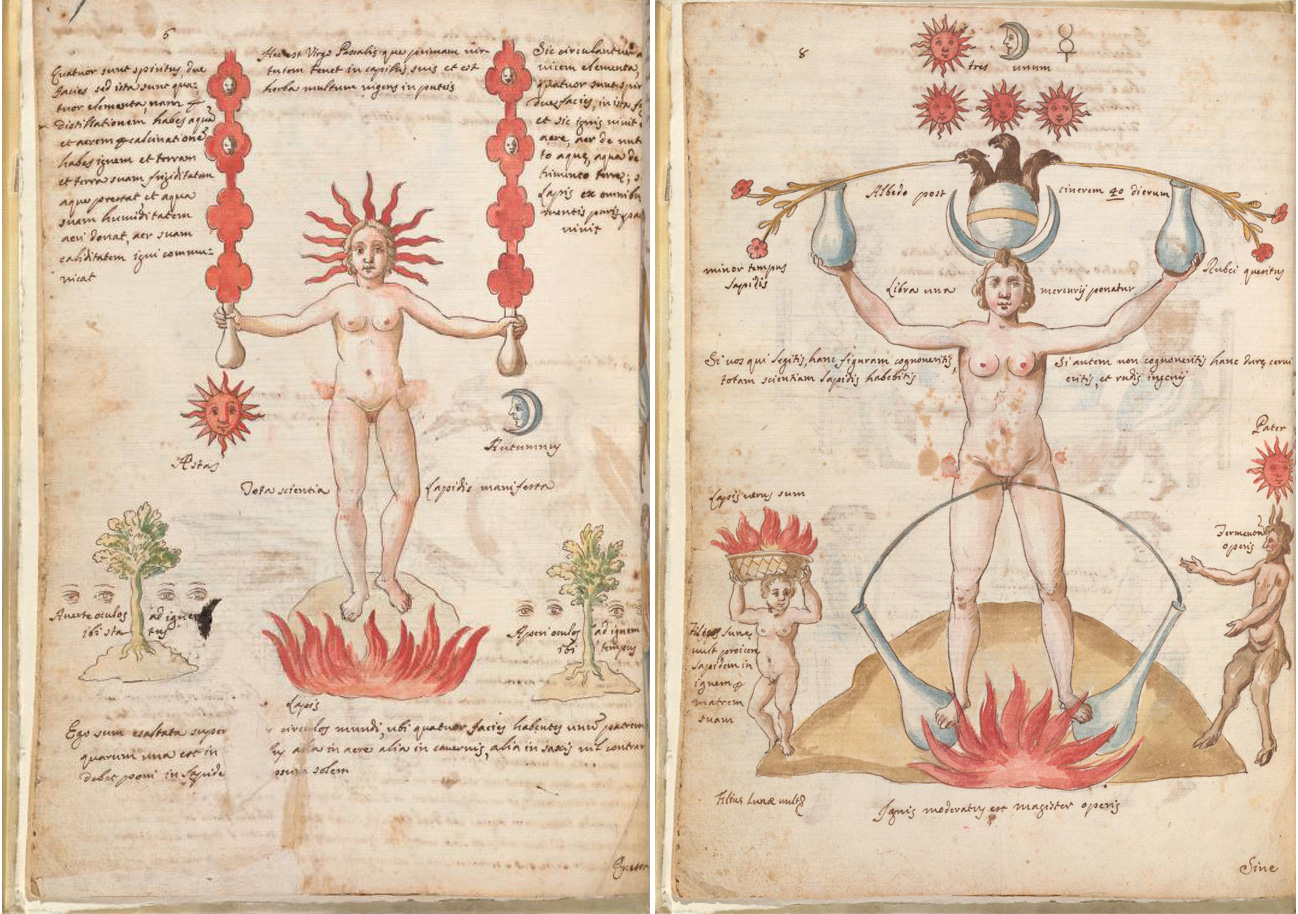
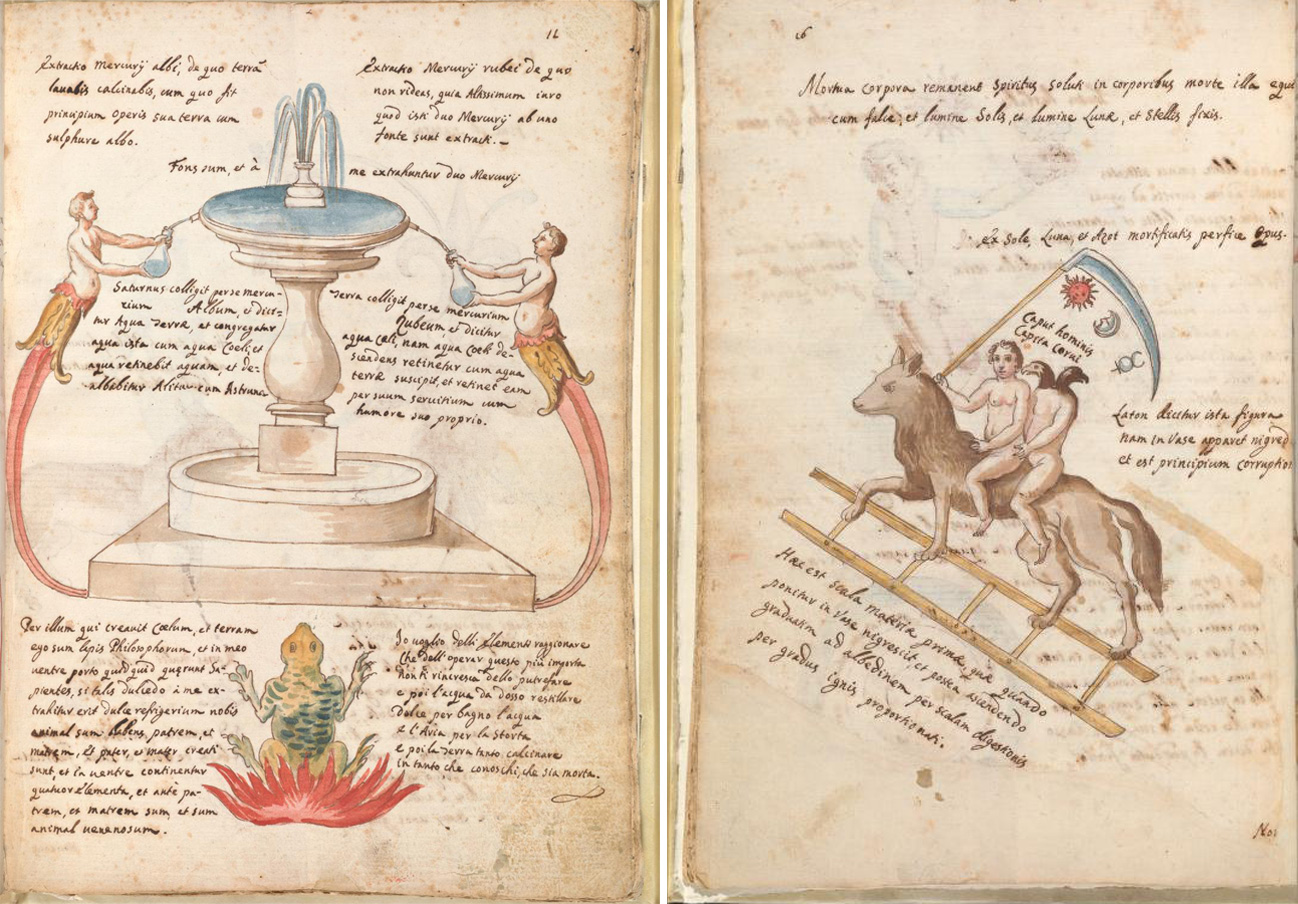

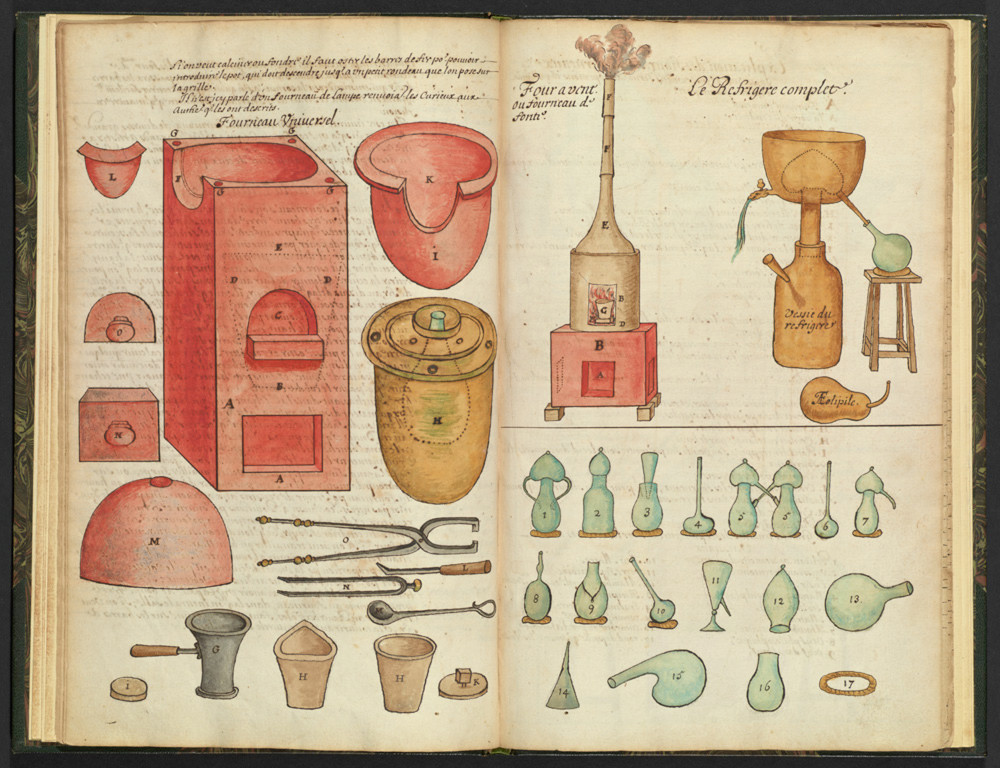
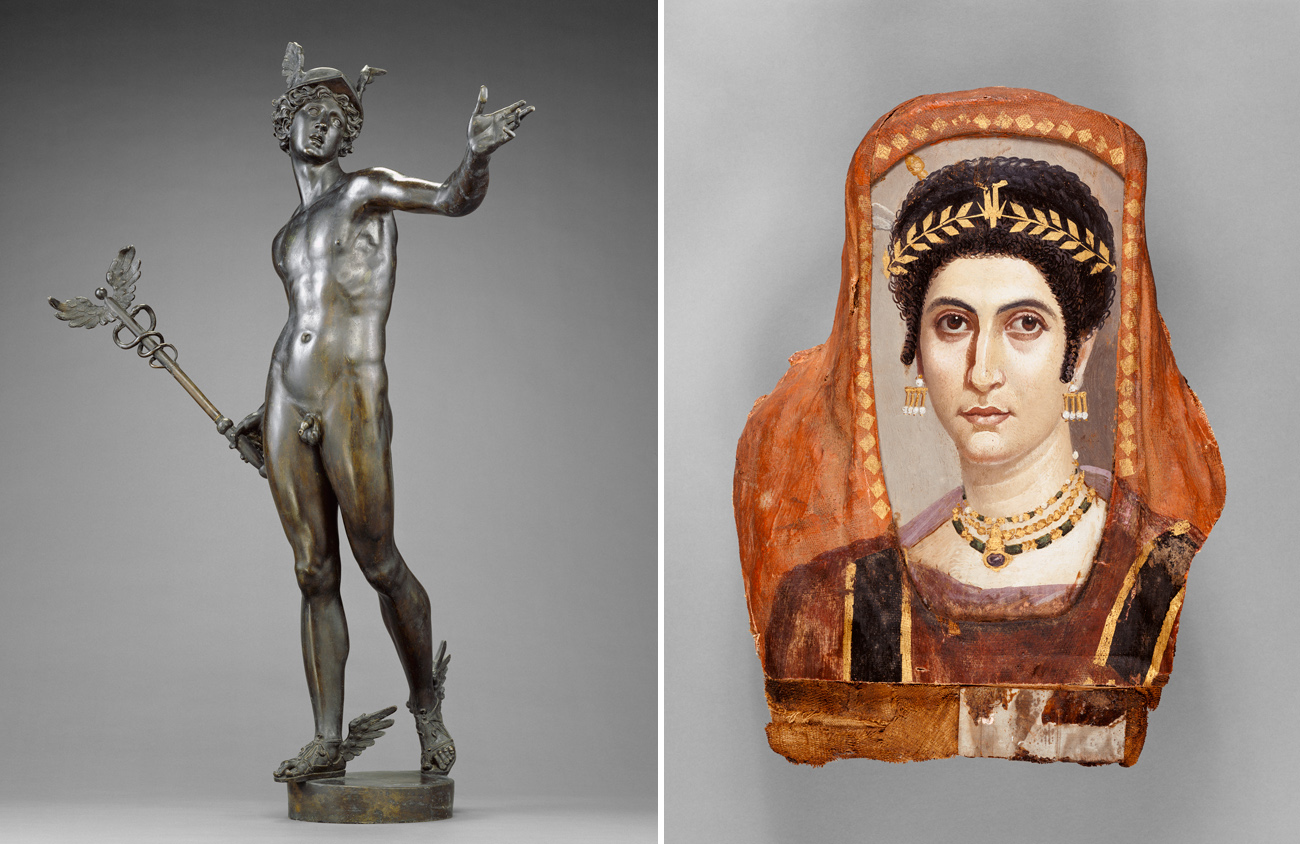
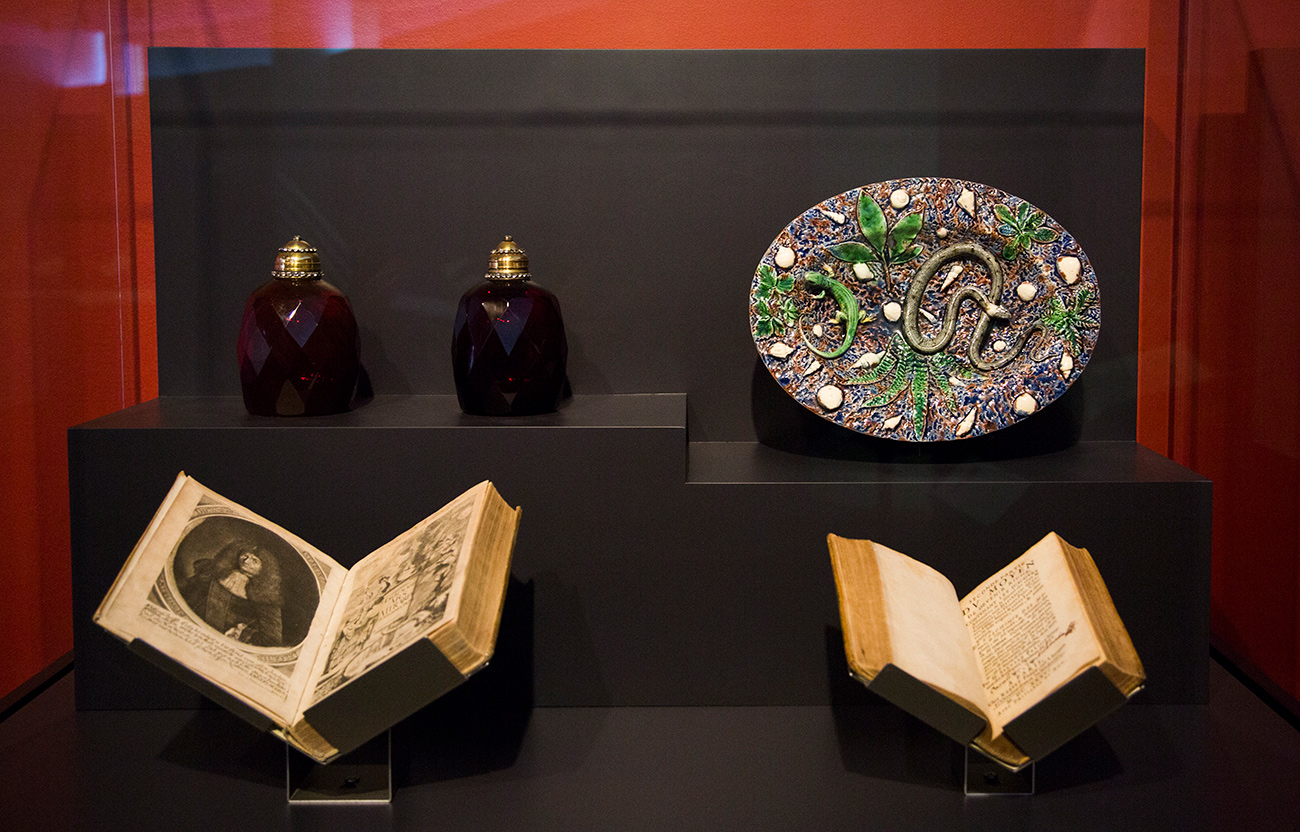
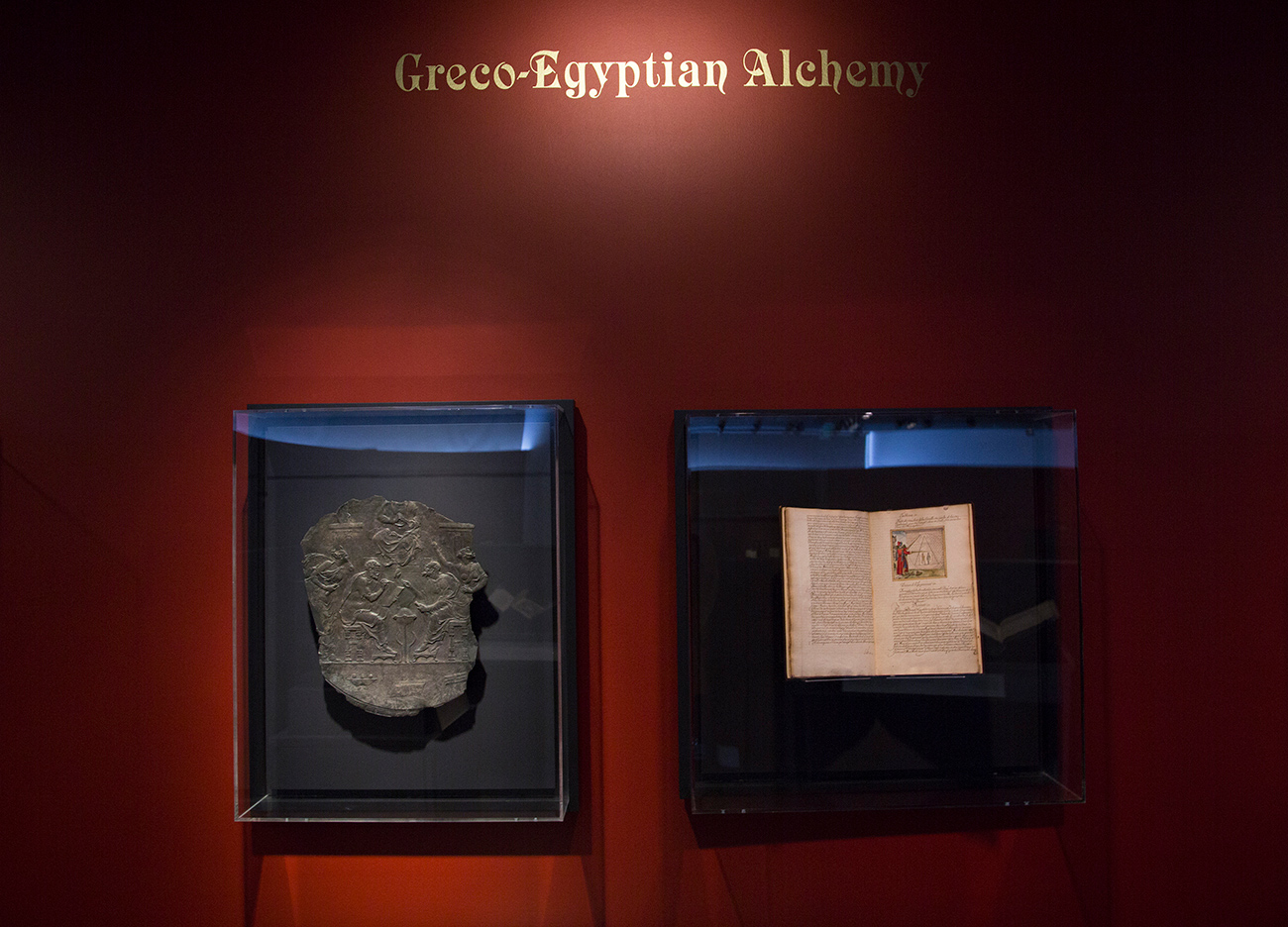
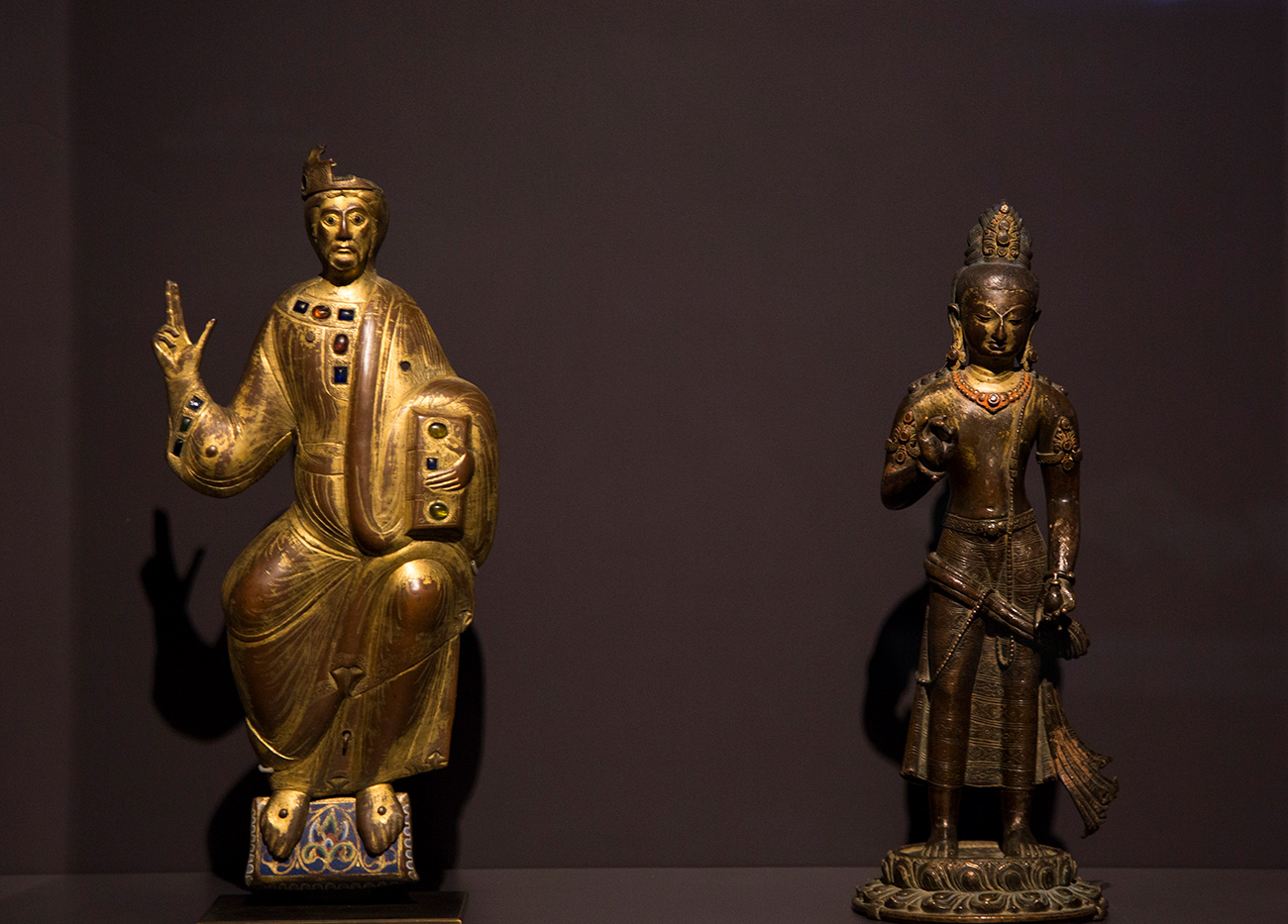
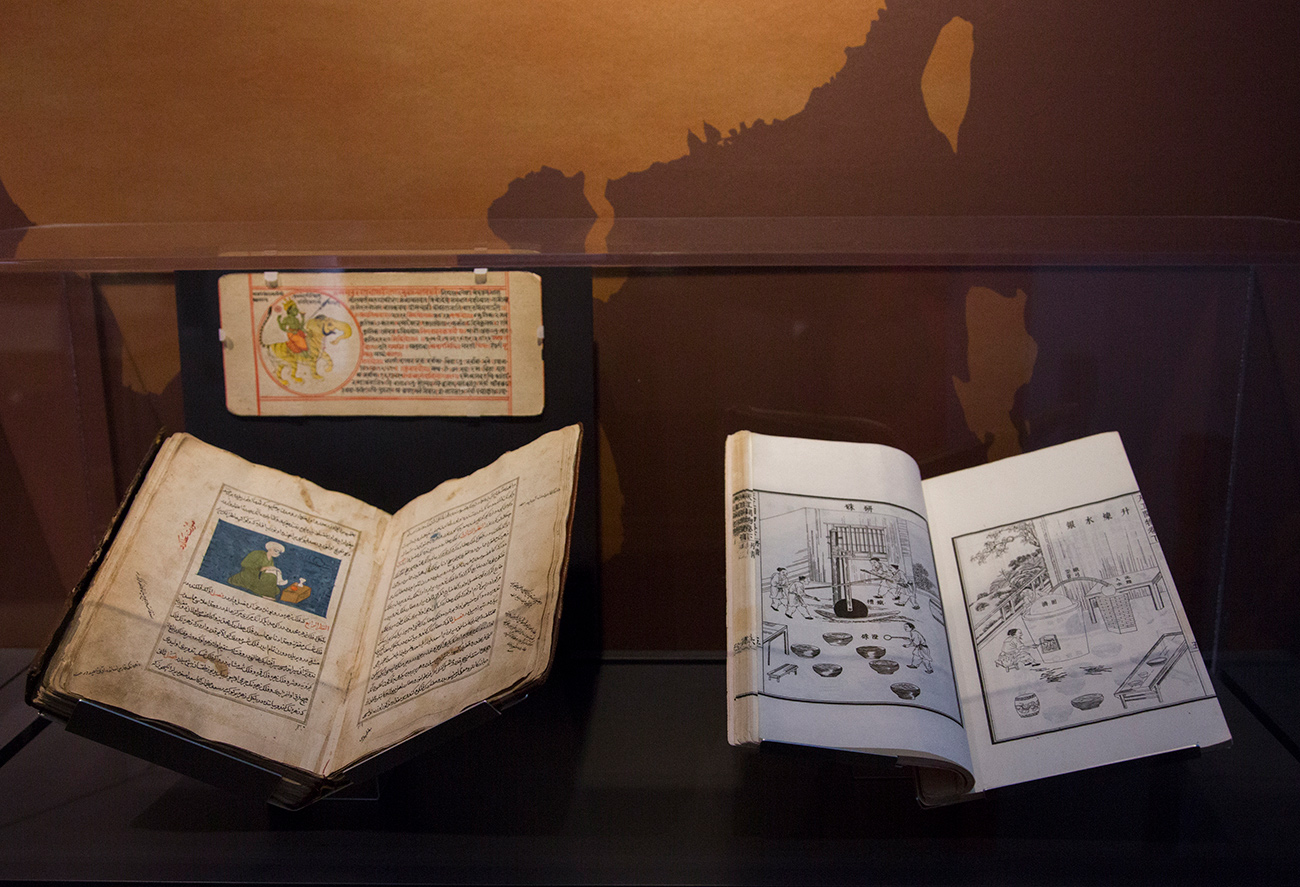
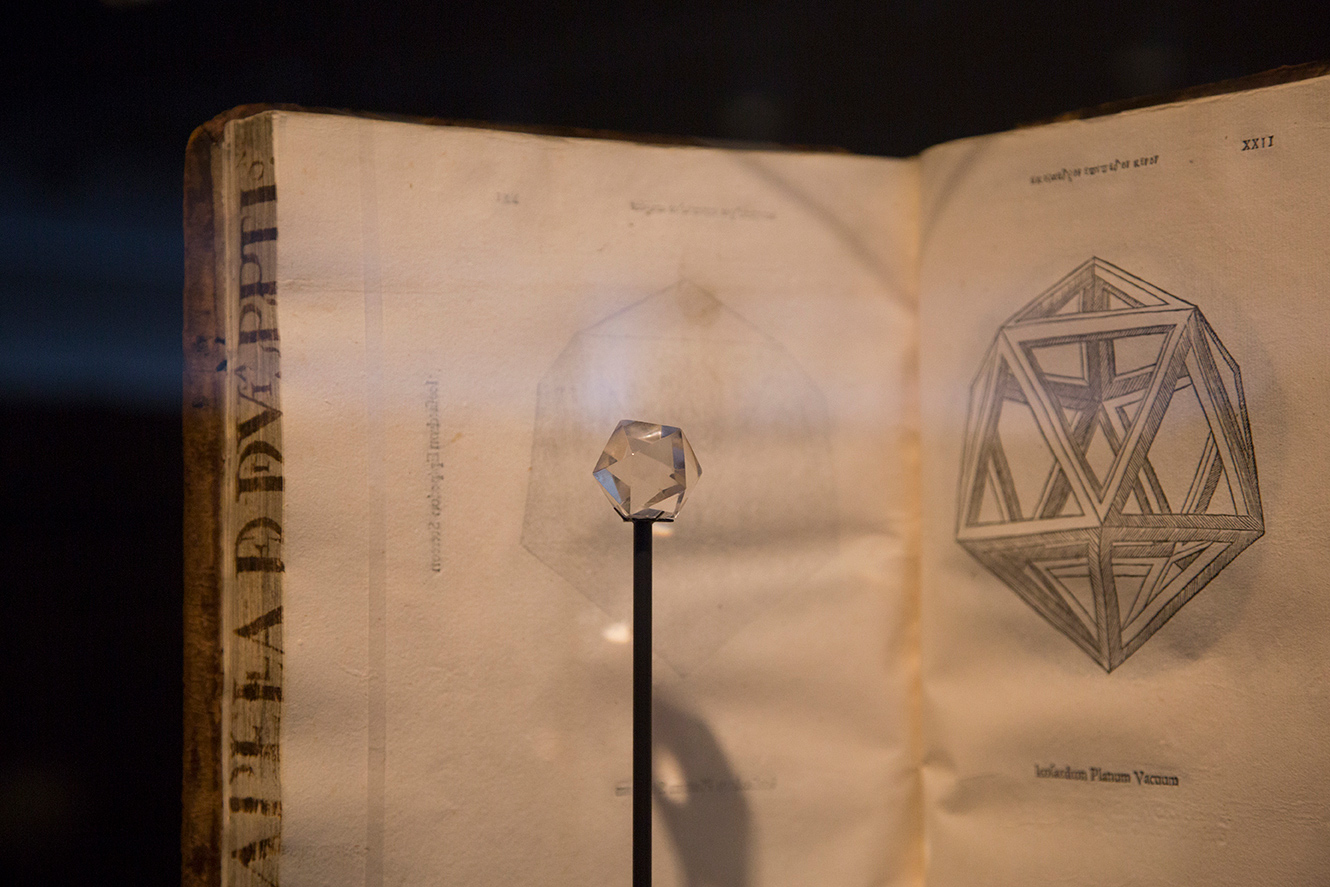
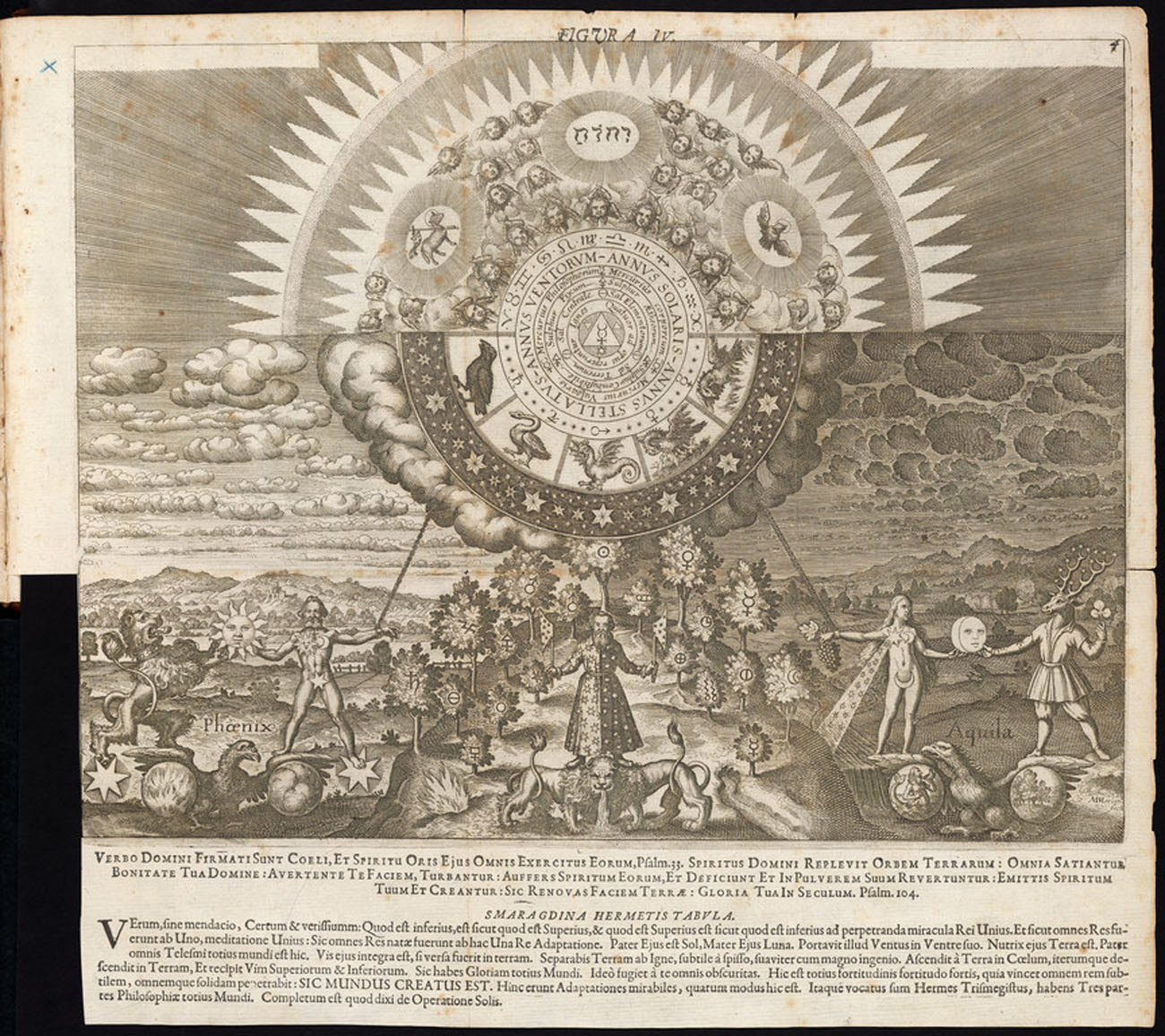
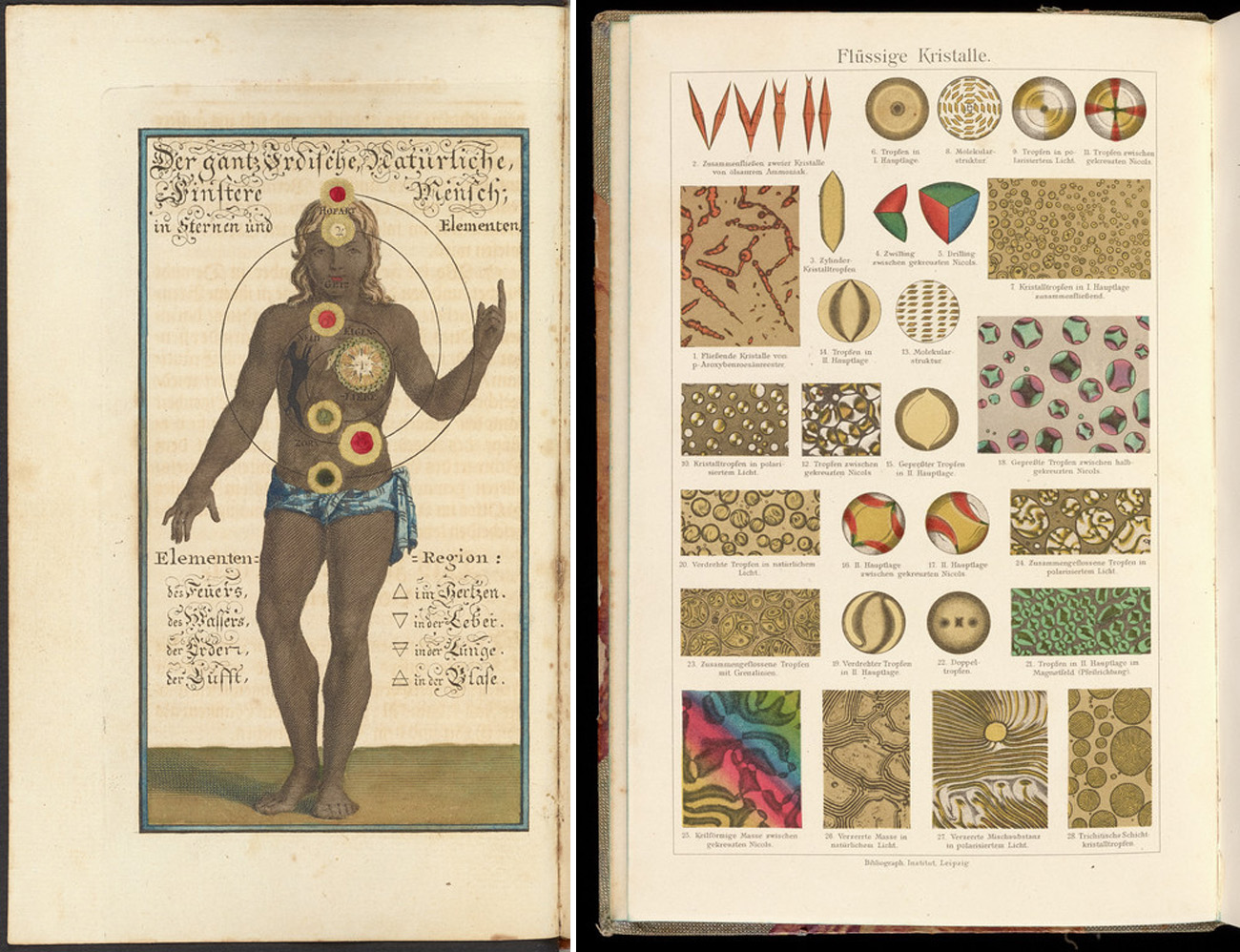

Thank you for your thoughts.